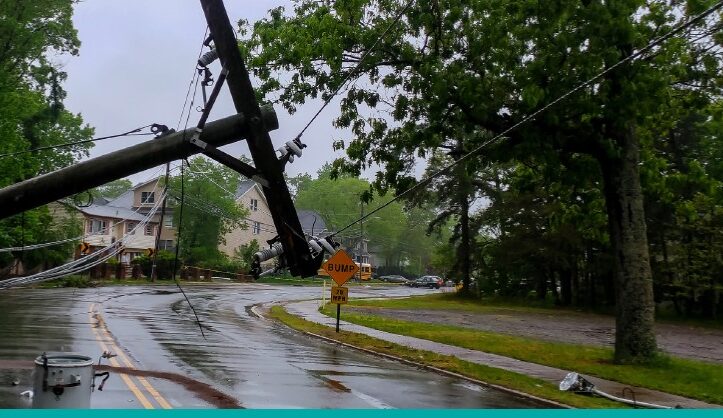Introduction
In 2021 the United States experienced 20 disasters causing over $1 billion in damages or more, resulting in over $145 billion in damages and 688 deaths. The number and costs of these events have been rising over time. 2021 had the second most billion-dollar loss disasters behind the 22 events that occured in 2020, came in third in associated monetary losses behind 2017 and 2005 respectively and had the sixth highest death-toll. Additional disasters that don’t reach this threshold can still have major impacts on lives and livelihoods. Climate-related disasters are continuing to increase along with the cost of recovery, especially in urban areas—the economic cost of extreme weather attributed to climate change is estimated to rise from $240 billion to $360 billion annually in the U.S. over the next decade.
The business community has exhibited strong leadership in helping impacted communities recover from such events. However, it is becoming increasingly obvious that responding to disasters after the fact is not a sustainable strategy—too many lives are impacted, funding is tight and response capacity is limited. Planning, funding and action must shift to support the implementation of mitigation strategies ahead of the disaster, reducing communities’ risks.
The Issue at Hand
Citizens and businesses rely on multiple functions present in their community to facilitate daily life. In the face of hazards, many of these community functions become even more important. Additionally, communities function as a complex, interconnected system of systems. Individual systems rarely operate in isolation from one another. Most communities do not have the tools or resources available to effectively evaluate the resilience of these functional areas and thus their overall resilience.
According to the Center for Disaster Philanthropy, only 20 percent of disaster-related philanthropy goes to resilience, risk reduction, mitigation and preparedness efforts. This is despite the strong benefits associated with pre-disaster activities. The Congressionally established National Institute of Building Sciences found that mitigation can provide between $4 and $11 of benefit for every $1 invested. These benefits represent avoided casualties, property damage, business interruptions, first responder expenses and insurance costs, and are enjoyed by all building stakeholders–from developers, titleholders and lenders, to tenants and communities.
Enhancing Community Resilience through Resilience Benchmarking and Planning Resilience planning is an essential component in assuring communities are prepared for the evolving risks presented by climate change. Resilience benchmarking is an important tool in the planning process to establish community priorities, identify metrics and monitor progress.
The Alliance for National & Community Resilience (ANCR)—a 501(c)(3) non-profit organization focused on developing the tools and resources that communities and others can use to assess and improve their resilience—was founded on the concept that great communities rely on the resilience of multiple community functions that should function in concert. ANCR has identified 19 such community functions including social, organizational and infrastructural aspects of communities. These functions parallel many of the functions businesses rely on—transportation, buildings, energy, water, communications systems and good local government and finance structures—and support access to great employees and customers—housing, culture and recreation, education and training and public health.
ANCR is developing a holistic system of Community Resilience Benchmarks (CRBs), developing benchmarks for each of the 19 identified functions, that support communities in assessing their current resilience and charting a path to increased resilience. In addition to supporting community-level decision making, the benchmarks provide a valuable resource for citizens and businesses. The benchmarking process provides an objective measure of a community’s priorities and their likelihood to remain functional when faced with hazards. The ANCR CRB process recognizes the importance of addressing the shocks and stresses a community faces today and those they are likely to face in the future. The CRB process can also assist businesses and residents in evaluating where to locate.
Support Community Resilience
ANCR’s mission to support communities and their residents in enhancing their social and economic resilience aligns well with many corporate social responsibility goals. At the same time, increasing community resilience helps companies protect their existing assets and enhance the communities they operate in. ANCR is pleased to count leading businesses like Target and Dupont as our founding supporters. Both have recognized the critical role communities play in meeting their business goals.
Resilience benchmarking and pre-disaster mitigation efforts support corporations and communities alike—employees, customers, residents and supply chains become more resilient. Strong, resilient communities mean that following a hazard event, employees are prepared to go back to work, consumers maintain their purchasing power, supply chains withstand disruption, government continues to provide services and life gets back to normal.
Please consider joining ANCR in its mission to improve the social, organizational and infrastructure resilience of communities. ANCR has a variety of sponsorship levels with commensurate recognition. Please visit www.resilientalliance.org/joinus or contact us at ANCR@resilientalliance.org.
